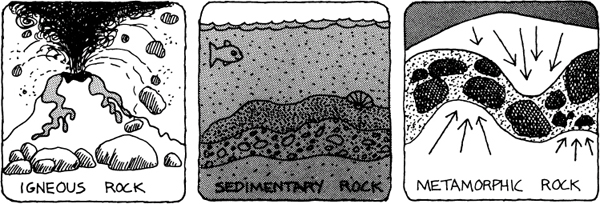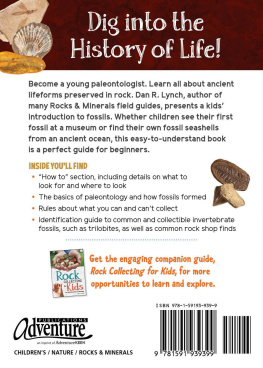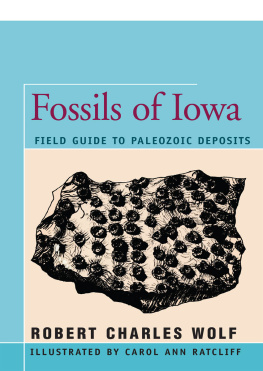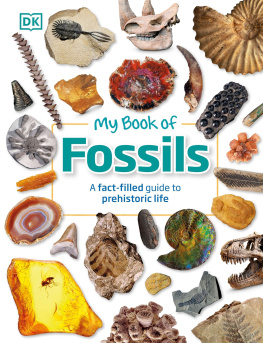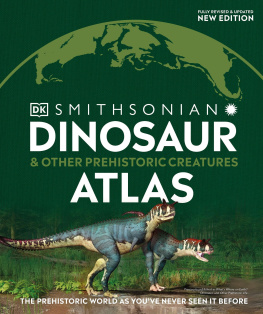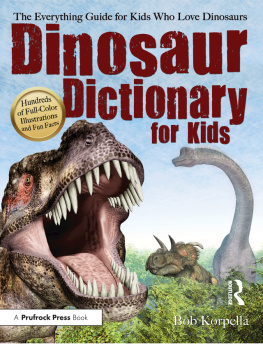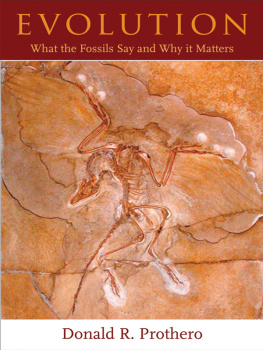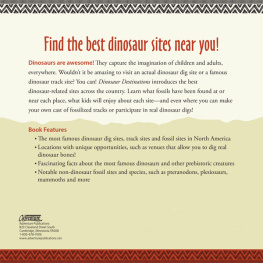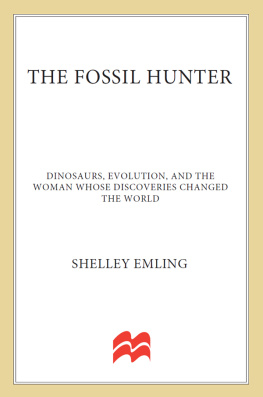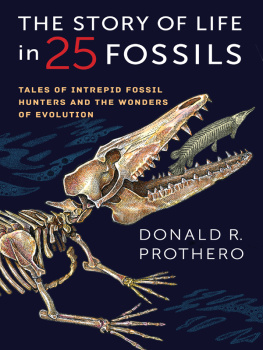THE FOSSIL
FACTORY
THE FOSSIL
FACTORY
A Kids Guide to Digging Up Dinosaurs, Exploring Evolution, and Finding Fossils
Niles, Douglas, and Gregory Eldredge
Illustrations by True Kelley and Steve Lindblom

Library of Congress Cataloging-in-Publication Data
Eldredge, Niles.
The fossil factory: a kids guide to digging up dinosaurs, exploring evolution, and finding fossils/Niles Eldredge, Douglas Eldredge, and Gregory Eldredge.
p. cm.
Includes index.
Summary: Describes fossils, how to collect them, and what they reveal about dinosaurs and other creatures that inhabited the earth millions of years ago.
ISBN: 978-1-57098-417-4
1. Paleontology Juvenile literature. 2. Dinosaurs Juvenile literature. [1. Paleontology. 2. Dinosaurs.]
I. Eldredge, Douglas. II. Eldredge, Gregory. III. Title.
QE714.5.E55 1989
560dc20 89-6548 CIP AC
Copyright 1989 by Niles Eldredge, Gregory Eldredge, and Douglas Eldredge
Illustrations copyright 1989 by True Kelley and Steve Lindblom
All rights reserved. No part of this publication may be reproduced, stored in a retrieval system, or transmitted, in any form or by any means, electronic, mechanical, photocopying, recording, or otherwise, without the prior written permission of the publisher. Printed in the United States of America. Published simultaneously in Canada.
Cover illustration by True Kelley and Steve Lindblom
Text design by Alison Kennedy
Set in 11-point Century Expanded by DEKR Corp.,
Woburn, MA
Whether you are outside hunting fossils or doing activities at home, always obey safety rules! Neither the Publisher nor the Author shall be liable for any damage which may be caused or sustained as a result of the conduct of any of the activities in this book.
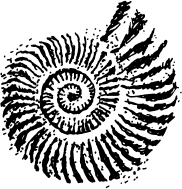
| For Lara and Christopher,
Christopher and Michaela, and Matthew
young paleontologists and great kids |
Contents
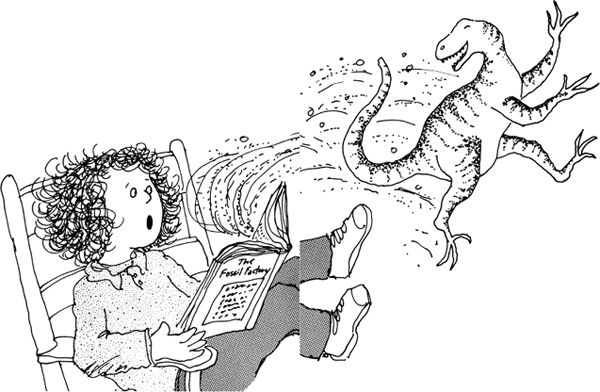
Dig In!
How many fossils are there? Billions of them, filling up rocks all over the world. We tend to think that fossils are rare, and that only professional paleontologists (people who study ancient life) know enough to find them. But thats not true. You can find fossils yourself.
Whats the first thing you think of when we say fossil? Dinosaur bones? Thats probably true for most kids, and we have plenty to say about dinosaurs. But fossils come from strange sea creatures too, and from grains of pollen, and even from ancient humans. Fossils are any remains of ancient plants and animals their bones and teeth, or their shells, or their woody stems. Or just their footprints. This book talks about them all.
Many fossils have turned to stone, or become petrified. (Or is it people who go to horror movies who are petrified?) Your teeth and bones are really stones already. They are made of a chemical called calcium phosphate, which is also found in nature as the mineral apatite (not appetite that tells you when its time for dinner).
Because bones and teeth are already made of minerals, they turn to fossils, or fossilize, easily. So do other things such as corals and the shells of clams, snails, oysters, and crabs. But first they must be buried before they break up and decay. Minerals may seep into them petrification making them tougher as the ages roll by. But most of all, they must not be attacked by acids in the soil or rocks that could dissolve them.
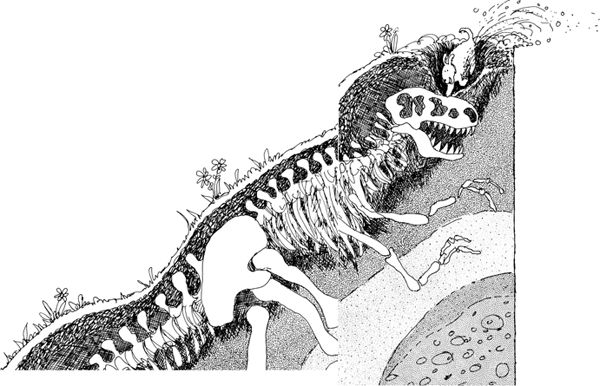
Most living things dont get fossilized. And most fossils will never be found. Still, fossils are a record of life, a kind of unwritten history. Because the pieces are all jumbled up and so many are missing, you could think of the fossil record as being like a jigsaw puzzle. Or maybe fossils are more like the individual pictures that are strung together to make a movie. Even if you dont have all the pictures in front of you, you can probably still get a good idea of the story by looking carefully at what you do have.
This book will tell you about fossils and fossil collecting, and, even better, it will show you how to use fossils to learn what life was like millions of years before you were born. What would it be like to bump into a Tyrannosaurus? How would you like to come across a dragonfly with wings almost 30 inches (75 cm) wide, or a centipede 20 feet (6 m) long? Can you imagine a fish getting up and walking to the next puddle? Then read on. Fossils have some pretty interesting stories to tell.
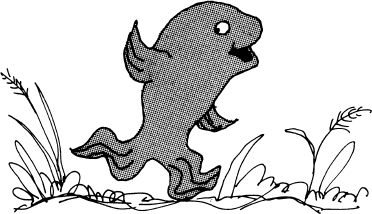
How Animals Disappear
A multiple choice quiz!
When animals die, they:
A stop moving
B fall down
C decay
D sink into the mud and are buried
Any of these answers could be correct, even the silly ones. But the answer that works best for forming fossils is D, sink into the mud.
Unfortunately for fossil collectors, most animals and plants simply C, decay. Bacteria and fungi are the culprits. Over many years they can completely consume an animals body even a whale until nothing is left.
A covering of dry dust or ash may protect an animal so that its bones can petrify. In very dry deserts that dont easily support bacteria (or any other life) decay is very slow. In such clean places we can find dinosaur mummies skin and all. But most animal remains disappear long before they can fossilize.
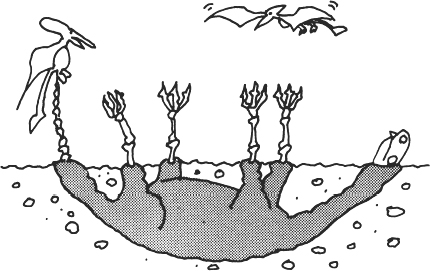
A Grave Matter
Try this experiment to see what can happen on the way to becoming (or not becoming) a fossil. Youll see how bacteria, water (both running and freezing), and other animals the living, hungry kind can change your future fossils.
You will need
a small digging tool (trowel or spade)
a raw egg
a big beef bone from the butcher shop or grocery store
a piece of beef or chicken, left over from the dinner table, that has both meat and bone
an apple
a piece of cotton cloth, like a sock, a rag, or a scrap of cotton underwear
(All of these things come from animals or plants. Add some more remains from living things if you want.)
water
Dig a hole six inches (15 cm) deep for each item.
Place one item in each hole, cover it with dirt, and dampen the earth with some water.
Put a marker over each hole so you can find it again.
Check your burial sites from time to time to see if youve been visited by grave robbers. Has anything disturbed your markers?
Come back one month later and dig up your treasures. Did they survive? Did they change?
Hard Rock, Soft Rock
